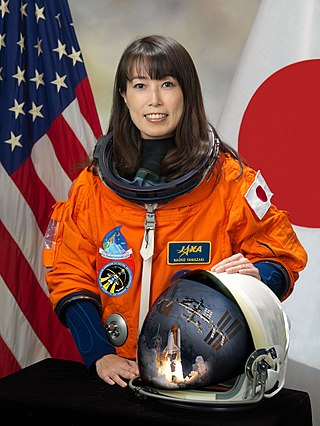
Naoko Yamazaki is a Japanese engineer and former astronaut at JAXA. She was the second Japanese woman to fly in space. The first was Chiaki Mukai.

Nancy Jan Davis is a former American astronaut. A veteran of three space flights, Davis logged over 673 hours in space. She is now retired from NASA.
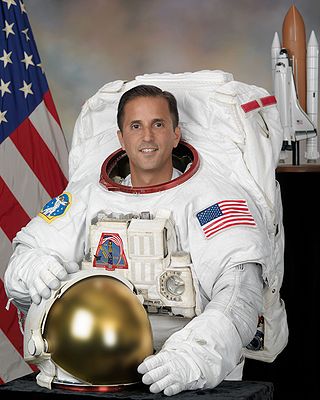
Joseph Michael Acabá is an American educator, hydrogeologist, and NASA astronaut. In May 2004 he became the first person of Puerto Rican heritage to be named as a NASA astronaut candidate, when he was selected as a member of NASA Astronaut Training Group 19. He completed his training on February 10, 2006, and was assigned to STS-119, which flew from March 15 to 28, 2009, to deliver the final set of solar arrays to the International Space Station.
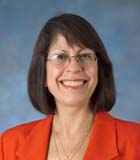
Nitza Margarita Cintrón is a Puerto Rican scientist and Chief of Space Medicine and Health Care Systems Office at NASA's Johnson Space Center.

Orlando Figueroa, previously the NASA Mars Czar Director for Mars Exploration and the Director for the Solar System Division in the Office of Space Science at NASA Headquarters and the Deputy Center Director for Science and Technology of the Goddard Space Flight Center. He has since retired in 2010 from NASA.
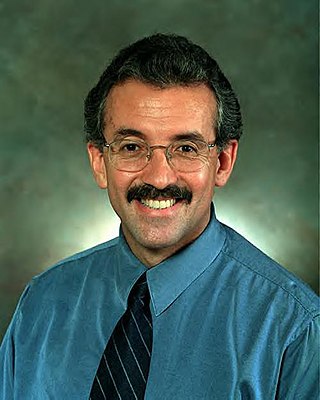
Pedro Rodriguez is and American scientist who is the Director of a test laboratory at NASA and inventor of a portable, battery-operated lift seat for people suffering from knee arthritis.

Stephanie Diana Wilson is an American engineer and a NASA astronaut. She flew to space onboard three Space Shuttle missions, and is the second African American woman to go into space, after Mae Jemison. As of 2022, her 42 days in space are the second most of any female African American astronaut, having been surpassed by Jessica Watkins in 2022.
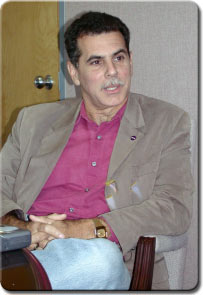
Miguel Rodríguez is the Chief of the Integration Office of the Cape Canaveral Spaceport Management Office.
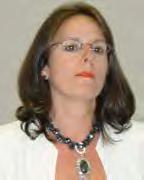
Miriam Rodón Naveira is an environmental scientist from San Juan, Puerto Rico, working at the federal government of the United States for which she was awarded a Silver Medal for Superior Service and a Suzanne Olive EEO and Diversity Award both by the EPA. She was also the first Hispanic woman to serve as branch chief of the EPA's National Exposure Research Laboratory (NERL) and later the first Hispanic woman to become deputy director of NERL's Environmental Sciences Division. Working at NASA since 2000, she now oversees research to enhance collaboration within DFRC, as well as with external entities, in support of the integrated use of remote sensing instruments in aerial platforms.
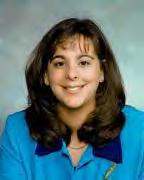
Monserrate Román a.k.a. "Monsi", is a Puerto Rican scientist in NASA who helped NASA build part of the International Space Station. She is the Chief Microbiologist for the Environmental Control and Life Support System project who determines how microbes will behave under different situations and in different locations, such as the nooks and crannies of the Space Station.

Olga D. González-Sanabria is a Puerto Rican scientist and inventor. She is the highest-ranking Hispanic at NASA Glenn Research Center, and a member of the Ohio Women's Hall of Fame. González-Sanabria, Director of the Engineering and Technical Services, is responsible for planning and directing a full range of integrated services including engineering, fabrication, testing, facility management and aircraft services for the Glenn Research Center. She played an instrumental role in the development of the "Long Cycle-Life Nickel-Hydrogen Batteries" which helps enable the International Space Station power system.

Mercedes Reaves is a Puerto Rican research engineer and scientist. She is responsible for the design of a viable full-scale solar sail and the development and testing of a scale model solar sail at NASA Langley Research Center in Virginia.
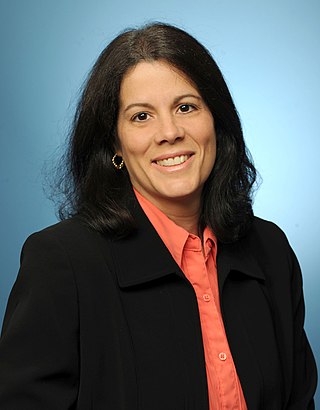
Amri Hernández-Pellerano is a Puerto Rican electronics engineer and scientist who designs, builds and tests the electronics that will regulate the solar array power in order to charge the spacecraft battery and distribute power to the different loads or users inside various spacecraft at NASA's Goddard Space Flight Center. She designed the power systems electronics for the Wilkinson Microwave Anisotropy Probe (WMAP) mission. WMAP is a NASA Explorer mission spacecraft which measures the temperature of the cosmic background radiation over the full sky with unprecedented accuracy.

Enectalí "Tali" Figueroa-Feliciano is a Puerto Rican physicist and professor at Northwestern University who pioneers the development and application of transition edge sensor (TES) detectors to experiments for detecting dark matter, neutrino interactions, and for X-ray astronomy.
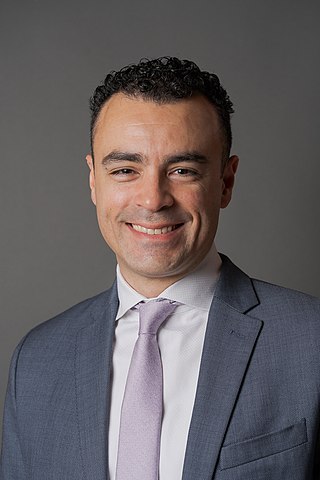
Miguel Román, serves as Chief Climate Scientist and Technical Fellow at Leidos. A leading expert in the fields of satellite remote sensing, climate change, disaster risk reduction, and sustainability, Román has championed translational research and data-intensive approaches to assess and address climate-related risks. His work is internationally recognized for shedding light on the disproportionate hardships experienced by socially-vulnerable and underserved communities following major disasters.
Yajaira Sierra-Sastre is a Puerto Rican materials scientist, educator, and aspiring astronaut. She was part of a six-person crew, and the only Hispanic, selected to participate in a four-month-long, Mars analog mission funded by NASA. Sierra-Sastre aspires to become the first Puerto Rican woman to travel to outer space.

Carlos Del Castillo is a scientist who, in 2004, became the recipient of the Presidential Early Career Award for Scientists and Engineers (PECASE) award, the highest honor bestowed by the United States government on scientists and engineers beginning their independent careers. Del Castillo was the Program Scientist for the Ocean Biology and Biogeochemistry Program at NASA Headquarters, in Washington, D.C. He is currently the Chief of the Ocean Ecology Laboratory at NASA Goddard Space Flight Center. Previously, among other things, he was a member of the Senior Professional Staff and Section Supervisor with the Space Department of the Johns Hopkins University Applied Physics Laboratory.

NG-15, previously known as OA-15, was the fifteenth launch of the Northrop Grumman robotic resupply spacecraft Cygnus and its fourteenth flight to the International Space Station (ISS) under the Commercial Resupply Services (CRS) contract with NASA. The mission launched on 20 February 2021 at 17:36:50 UTC. This is the fourth launch of Cygnus under the CRS-2 contract.












